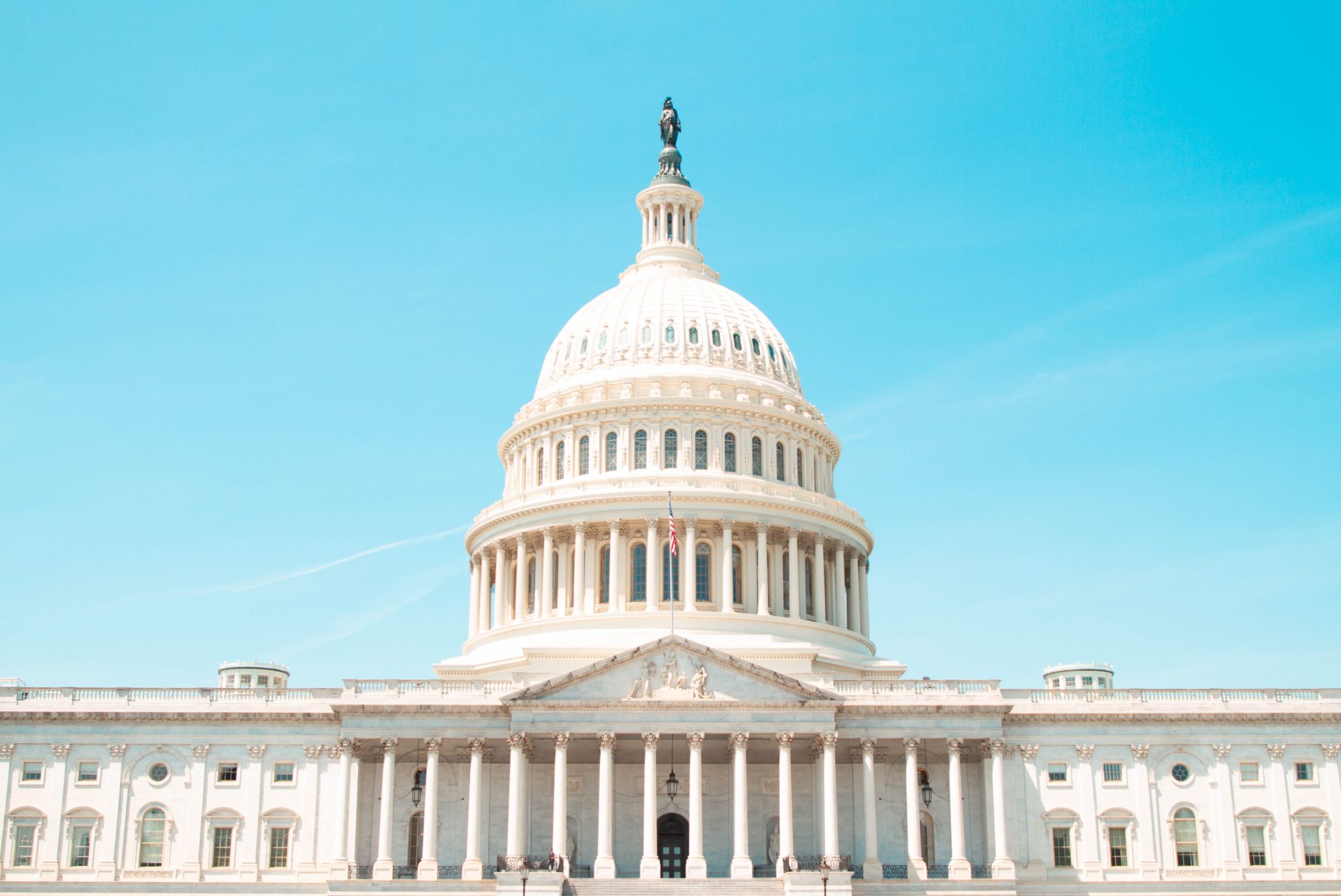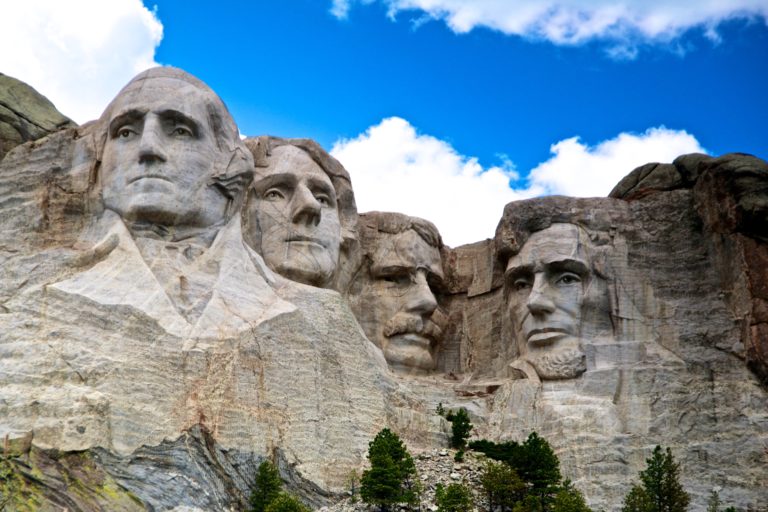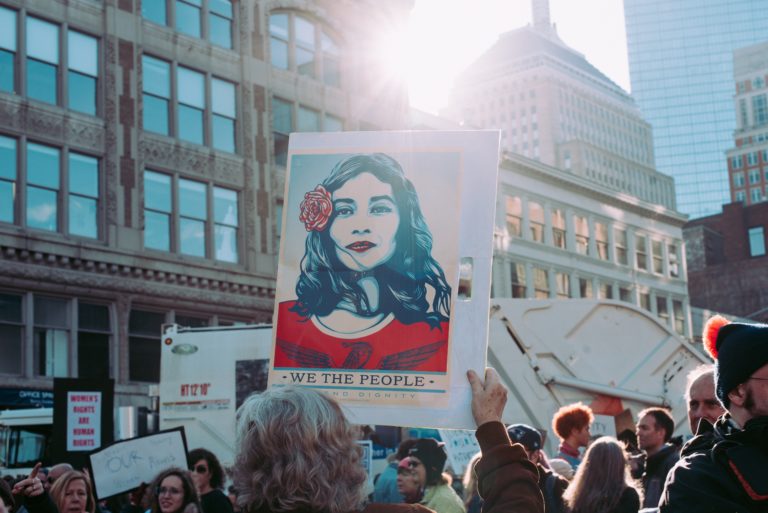There’s been a lot of talk about electability and the Democratic presidential primary. Research…
Achieving Parity in Congress – One State at a Time

For the next year we will observe the Suffrage Centennial, or the 100th anniversary of passage of the 19th amendment to the Constitution establishing women’s right to vote. However, it is a celebration of political leadership in states as much as it is in Washington, DC, because without them the 19th Amendment might never have been ratified.
Background: In the spring of 1919, the U.S. House of Representatives and Senate approved House Joint Resolution Number 1 to codify that “The right of citizens of the United States to vote shall not be denied or abridged by the United States or by any State on account of sex.” This essential step led to the next: ratification by 36 states to enshrine HJR 1 in the Constitution. It took 14 months, culminating in the dramatic August 1920 vote in Tennessee, the 36th state to ratify.
The symbiotic relationship between the nation’s capital and the states is no less potent today. States play a vital role in filling the political pipeline of leaders to Congress. In other words, if we want gender parity in Congress, it will come largely from the states.
Case in point: More than 50 women Members of Congress were state legislators earlier in their careers. Add in former Secretaries of State, Attorneys General, Governors, Lieutenant Governors, etc…well, you get the drift. Approximately half the women Members were elected leaders in their states before coming to Capitol Hill.
And this is good news – because there are a record number of women state legislators going into the 2020 election cycle (2100+) and 34 of the 50 states individually have a record number of women in their chambers. While this doesn’t guarantee more women in Congress in 2020, the pool of potential women candidates for Congress is real.






